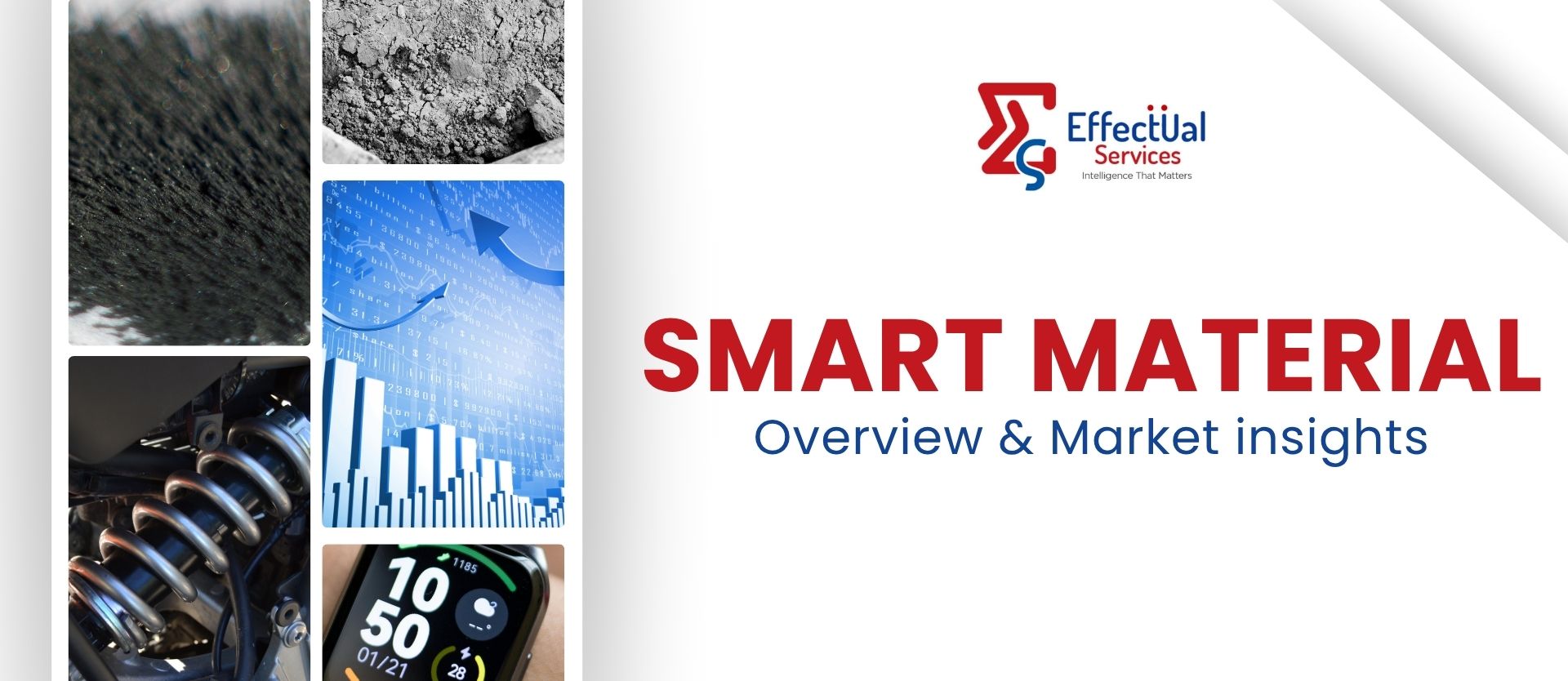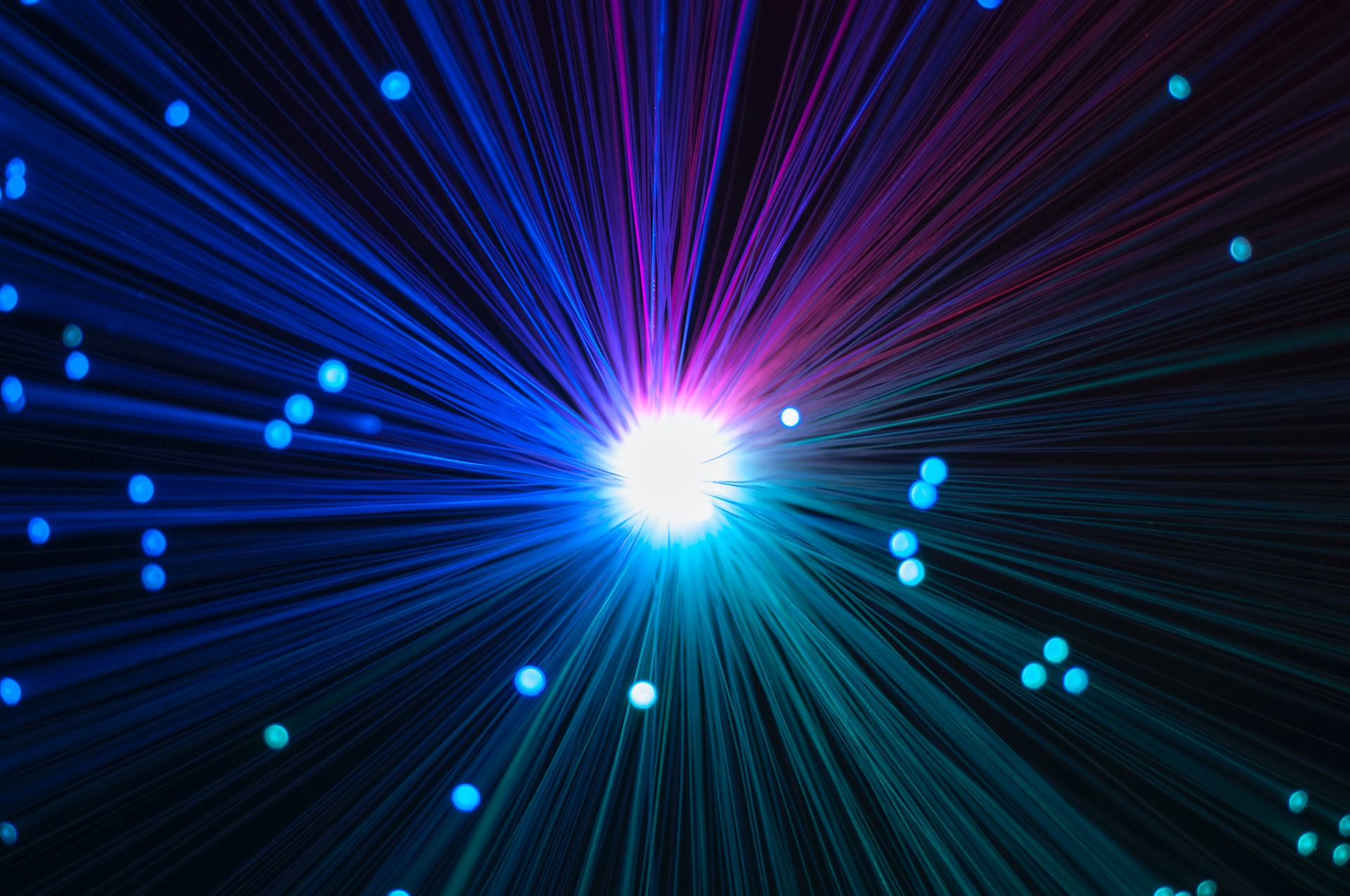Smart Materials Overview & Market Insights

Background, Mechanism of Action & Foundational Principles
History
The field of smart materials emerged in the late 1960s, with key developments occurring in the 1970s and 1980s. Materials that can sense and respond to changes in their environment like,
- Temperature
- Stress
- Moisture
- Electric or Magnetic Fields
Key Milestones
1960s The concept of smart materials, where materials react to external stimuli, began to emerge.
1970s Clauser's work on smart structures and the introduction of shape memory alloys marked early advancements.
1980s Development of self-healing polymers, nanomaterials, and multifunctional composites began.
1990s Research and development in smart materials accelerated, driven by increasing interest.
2000s Research into magnetostrictive, electrostrictive, and electrochromic materials advanced.
Smart Material Types
Smart materials can be categorized based on their unique properties and functionalities.
- Piezoelectric Smart Material
- Magneto Rheostatic
- Smart Gel
- Electrochromic
- Rheological
- Shape Memory Alloy
- Thermo Responsive
- pH Sensitive
Piezoelectric: These materials generate an electric charge when mechanical stress is applied.
Shape Memory Alloy (SMA): These materials can return to a predefined shape when heated.
Thermo Responsive: Materials that change their properties (e.g., shape, solubility) in response to temperature changes.
pH Sensitive: These change their behavior or structure based on pH levels.
Magneto Rheostatic: Fluids that change viscosity when exposed to a magnetic field.
Rheological: Similar to magneto-rheostatic but respond to electric fields.
Electrochromic: Materials that change color when a voltage is applied.
Smart Gel: Gels that respond to stimuli like temperature, pH, or electric fields.
Basic Working Principle Innovative Materials
Stimuli Responsive Polymer
- Shape Memory Polymer
- Self-Healing Polymer
- Sensors
- Soft Robotics
- Actuators
Stimuli Types:
- Pressure
- Heat
- pH
- Light
- Voltage
Stimuli Responsive Polymers: Polymers that change their properties in response to external stimuli. The response can be a change in shape, color, solubility, conductivity, or mechanical properties.
Types of External Stimuli in Apparatus: Pressure, Heat (Thermal stimuli), pH (Acidity/alkalinity), Light, Voltage (Electric field)
Types of Stimuli Responsive Polymers:
- Shape Memory Polymers: These can "remember" and return to a predefined shape after being deformed.
- Self-Healing Polymers: These can repair themselves after damage.
Innovative Materials Examples
Light-Emitting Cement Absorbs sunlight during the day and emits light at night.
Bio-Concrete Self healing concrete that uses bacteria to seal cracks by producing calcium carbonate when activated by moisture.
Aerogel Extremely low density material with excellent thermal-insulating properties.
Hydro ceramic Combines ceramics with hydrogel bubbles to adapt to environmental changes, providing cooling and insulation.
A smart epoxy vitrimer enhanced with spiropyran beads, offering color change, self-healing & shape memory. The beads, made from citric acid and epoxy, bond through epoxy-carboxylic reaction.
Vanadium dioxide (VO₂) is a smart material that changes its optical and thermal properties around 68°C, making it ideal for spacecraft thermal control.
Smart Materials: Market Insights
Market Size, Share, Growth, and Industry Analysis
Smart materials are materials that can respond to external stimuli like temperature, light, or pressure by changing their properties. They are used in applications ranging from self-healing structures to adaptive clothing and advanced sensors.
Smart Material: Global Insights
Material Share:
- Piezoelectric
- Shape Memory
- Magnetostrictive
- Electrostrictive
- Phase Change
- Electrochromic
- Other
Global Market Insight in Smart Materials:
- The piezoelectric materials segment led the market in 2023, driven by advancements in new materials with improved piezoelectric coefficients and enhanced durability.
- The Shape Memory Metals segment is set to grow at the fastest CAGR, driven by rising demand in medical devices, drug delivery, and prosthetics.
- The electrochromic materials market is expected to reach around USD 1.85 billion by 2025, growing at a CAGR of 7.81% from 2025 to 2030.
- The phase change materials market is projected to grow from $1.84 billion in 2024 to $2.19 billion in 2025, reflecting a 19.2% CAGR.
Key Regions:
- North America
- Asia-Pacific
- Europe
- Middle East
Recent Developments
Covestro and Li Auto are partnering to create an innovation platform focused on low-carbon technologies, using recycled and bio-based materials. They will also explore new ways to recycle materials like car lights into automotive components.
About Effectual Services
Effectual Services is an award-winning Intellectual Property (IP) management advisory & consulting firm offering IP intelligence to Fortune 500 companies, law firms, research institutes and universities, and venture capital firms/PE firms, globally.
Through research & intelligence we help our clients in taking critical business decisions backed with credible data sources, which in turn helps them achieve their organisational goals, foster innovation and achieve milestones within timelines while optimising costs.
Our Services

